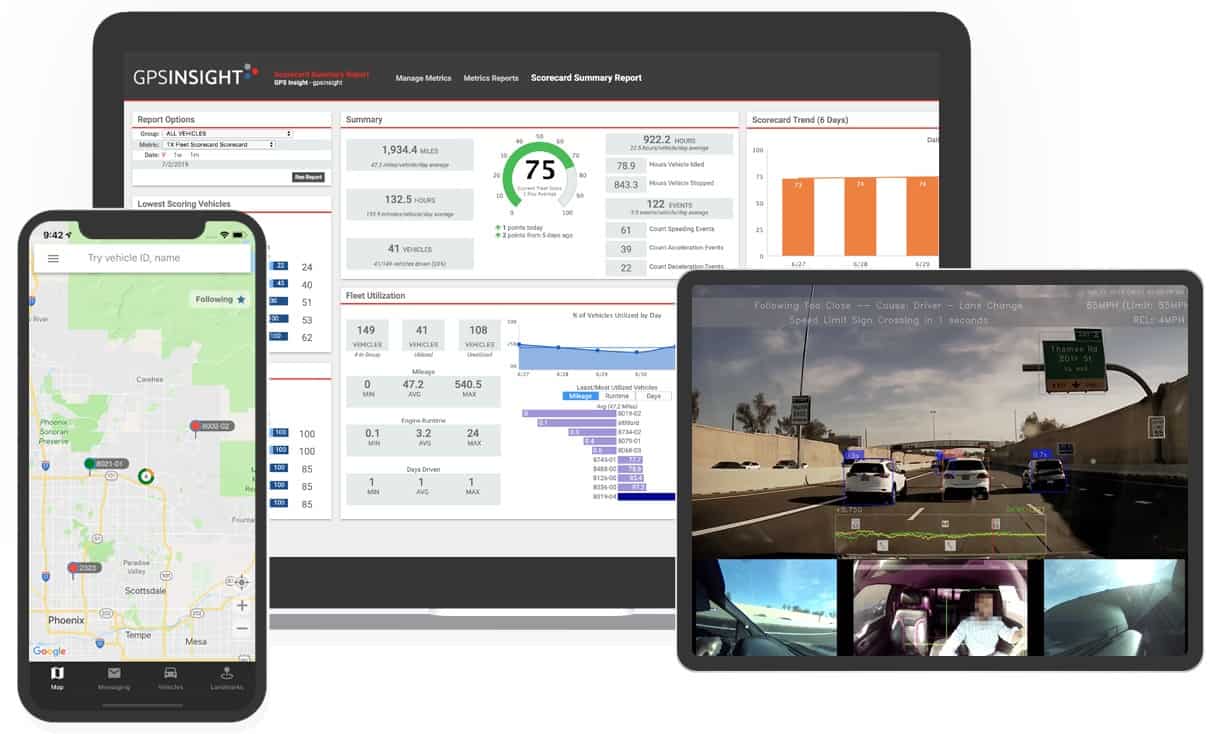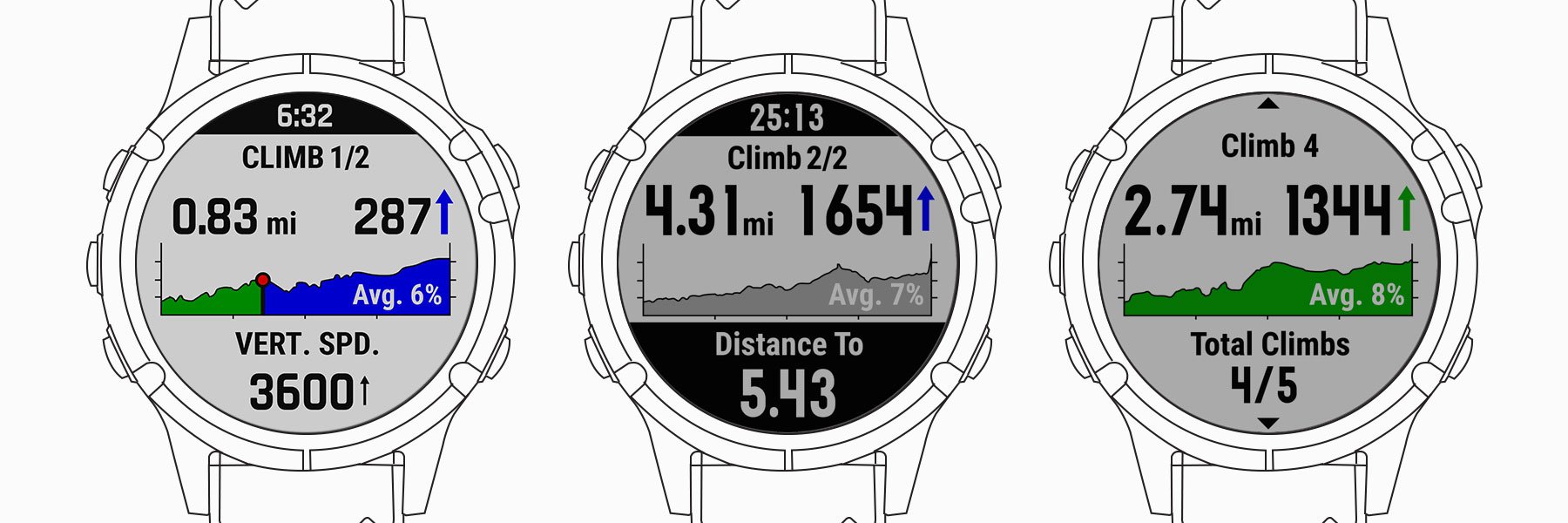- Windows Apps for GPS. The GPS Software category contains programs that are used to display, track, and analyze Global Positioning System data and GPS receivers.
- Survey Manager – Colorado. Scott Bass manages all Colorado survey crews at Ascent. He began at Ascent in 2019, and has a variety of skills, including GPS and Conventional field survey locations, AutoCAD Drafting, Revit drafting, Bid Package Preparations, Directing Operations, Business Development, Project Budgeting, and Deed Research/Analysis.
“We are a complex eCommerce, B2B and B2C operation with ingredient based products that require lot tracking. We thoroughly researched many ERPs on the force.com platform and decided on Ascent because of good user references, feature list, and flexibility.”. Stabilized ascent values for the Macro Plus GPS where totals could sometimes experience inflation due to GPS interference. Fixed minor backlight discrepancies caused by a rare button-push sequence on the GPS device. Updated “Auto Time Zone” setting, which would sometimes display incorrectly because it uses the paired phone’s time settings. Home - Ascent GIS. About Ascent GIS. Ascent GIS has been doing business in Spokane since 1998. With over 65 years of combined GIS and GIS technology experience we are experts at providing the best solution for your GIS needs. We are 100 percent focused on GIS. It is our 100 percent GIS focus that gives Ascent GIS an edge in assisting.
The TopoFusion Climbing Analysis Dialog
One issue of interest to the developers of TopoFusion is the variousmethods available for the computation of the total ascent along a GPStrack. We often hear wildly inflated claims of XXXXX feet ofclimbing--and it's by GPS! But how were those numbers computed? TheClimbing Analysis dialog provides a tool for comparing a number ofdifferent data sources as well as algorithms for computing the totalelevation gain along a track.The climbing analysis dialog is under the Analysis Menu.Below is a screen grab of the dialog:

The file to be analysed is selected in the dropdown box (it must beloaded in the main TopoFusion window). Below the totals for thevarious algorithms are listed. A custom method is available with thefollowing settings:
- Data Source -- Either GPS (what's in the GPX file) or from DEM data (Digital Elevation Model).
- Minimum Gain -- The minimum continous gain required for a climb to becounted.
- Subdivide segments -- Whether to divide segments longer than thespacing, interpolating at 'spacing' intervals if longer. TopoUSAappears to be doing this.
- Check moving time -- whether to consider elevation gained while theGPS wasn't moving or not. TopoFusion does not count this aslegitimate gain, since it's often due to GPS error.
- Box Filter Width -- A box filter is a simple way to smooth noisy data. All GPS acquired (and DEM as well) data has errors, and since elevation gain is a sum, it is generally good practice to apply some sort of smoothing. The width of the filter is how many surrounding points are used for the average elevation at each point. So a wider filter means more smoothing and, correspondingly less climbing. You can get a general idea of how noisy a GPX file's data is by seeing how much effect increasing the width has on the elevation gain.
- Presets -- sets the custom algorithm to the settings of the differentalgorithms, so that it is clear what is being computed for each one.
- DEM interpolation method -- effects how DEM elevations are computed.As far as we can tell, other programs / sites are using bilinear. Thissetting effects all of the DEM calculations, not just the customalgorithm. It does not effect the interpolation method used for 3Dmodel generation.
 Add DEM Elevation to Track - This button will add (replacingany current data) DEM interpolated elevation values to the currentlyselected file. This is very useful for tracks drawn with the penciltool (though if DEM data is available while drawing, elevation will automatically be added).
Add DEM Elevation to Track - This button will add (replacingany current data) DEM interpolated elevation values to the currentlyselected file. This is very useful for tracks drawn with the penciltool (though if DEM data is available while drawing, elevation will automatically be added). Filter (Smooth) Elevation Data - Pushing this button will a apply a box filter ofwidth 5 to the currently selected file (all tracks within the file are affected). This is a good ideato use after adding Elevation data to the track. The more times you hit the button, the smoother andless noisy the data will be.
Some observations: TopoUSA offers the most inflated climbing numbers,especially when the track is in a fairly steep (mountainous) area. Ingeneral, using DEM interpolation inflates the numbers considerablyover GPS acquired data, especially if it barometer corrected (e.g. eTrex 30).However, in flat areas the opposite is true: GPS acquired data tendsto be much higher than DEM interpolated values.
What to trust, then? Well, as in any measuring process there areerrors involved, and a typical way to deal with small errors is tosmooth the data. This is exactly that Maptech appears to be doing byonly counting climbs that are larger than 10 meters. Popular websitessuch as Strava and Garmin Connect are also smoothing data before computing elevation gain. From experimentation ita box filter width of five seems to be what these sites are using.
Doing some sortof smoothing is extremely important when using DEM interpolation asthe resulting profiles are riddled with noise. When looking at climbby the start and end elevation it is easy to see when DEM (and GPSelevation) is inflating it (assuming you know there are no downhills).Smoothing by something in the neighborhood of 10 meters seems to bringmost climbs back to reality, though it can sometimes be to harsh to aGPS acquired elevation track.
TopoUSA is the worst of them all--subdividing individualsegments while not doing any smoothing. Subdividing is not a bad ideain general, since small ups and downs could be missed by the GPStrack. However, since the GPS track logging algorithm in Garmin unitsseems to be mindful of speed changes it is unlikely any major changesin elevation (from climb to descent or visa versa) will be missed. This is not really an issue anymore as many GPS tracks are collected at a rate of 1 per second.
 A word on resolution
A word on resolutionSince elevation gain is a sum, it's important to be aware that the result is highly sensitive to the number of points in a track. The more points, the more error, the more differences and the more gain. Try simplifing a file and comparing the elevation gain afterward. With a high resoltion file (one point per second) it becomes even more important to smooth the data.
What TopoFusion does
The climbing numbers displayed in the main form (active list) of TopoFusionare from whatever data (usually GPS acquired) is present in the GPXfile. A box filter of width 5 is applied (as of version 5.25+) to smooth the data. Also if the track has timedata any segments determined to be 'not moving' are thrown out--thishelps eliminate many errors.
Main Menu
HomeDownload
Features
User Manual
Screen Shots
Purchase
Support
TopoFusion ForumsSupport / Help
 Lost codes
Lost codesFAQ
Gps Software Htc
Info
Who uses TF?Event Mapping
Free GPX Maps
Great Divide Trip
Arizona Trail